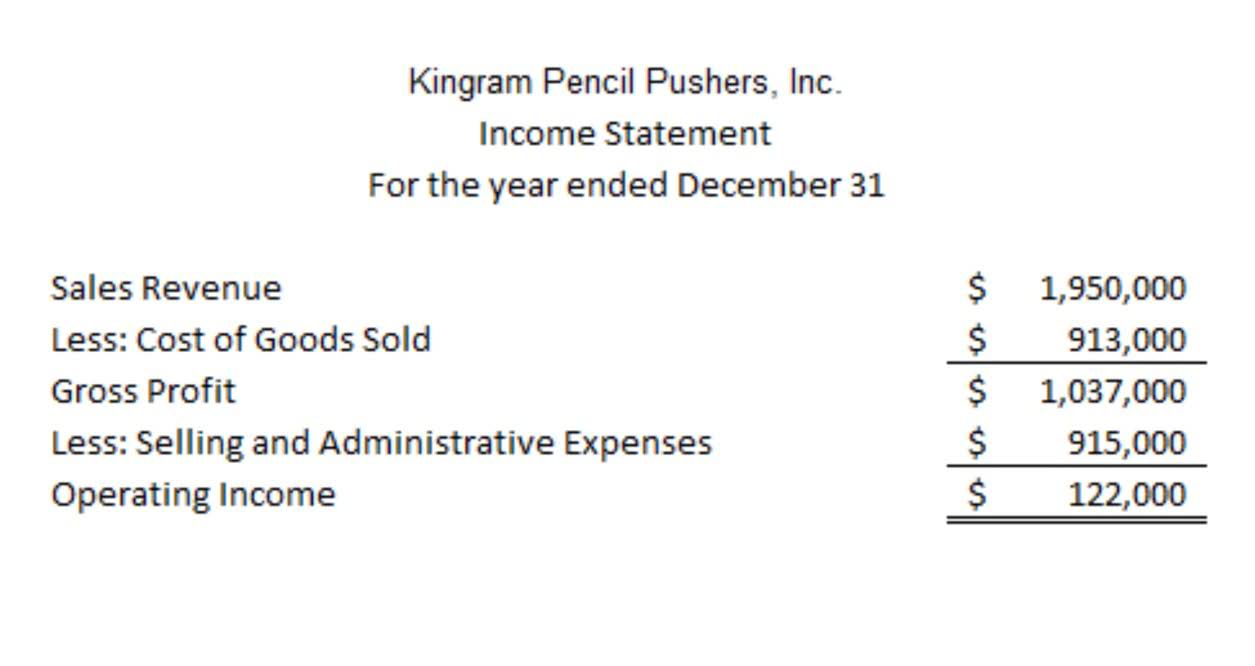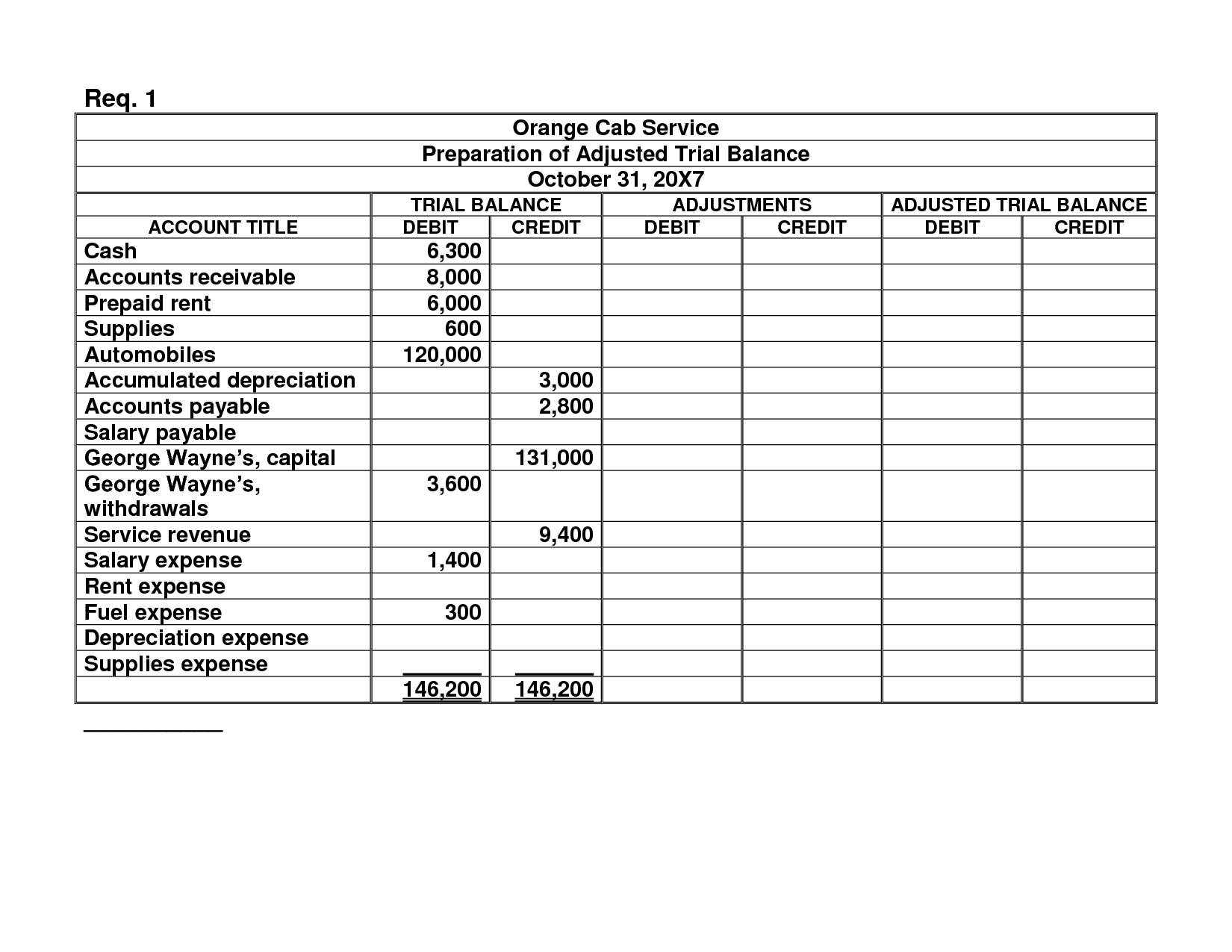
The post closing trial balance is a list of all accounts and their balances after the closing entries have been journalized and posted to the ledger. In other words, the post closing trial balance is a list of accounts or permanent accounts that still have balances after the closing entries have been made. In contrast, a post-closing trial balance is prepared after closing entries are made at the end of an accounting period.
The Purpose of the Post-Closing Trial Balance
An adjusted trial balance contains nominal and real accounts. Nominal accounts are those that are found in the income statement, and withdrawals. This measures the credits and debits of your remaining accounts that have a balance and checks to see if they still balance, which is one of the core principles of double-entry accounting. In the end, this measure is also a good way of checking whether the reports made during the previous financial period are true and up-to-date. If they aren’t, Trial balances can adjust the information so that each debit entry is balanced out by a credit entry.
Post-closing Trial BalanceDefined with Examples & Samples
By providing a snapshot of all ledger accounts within a given accounting period, the trial balance helps business owners and accounting teams in reviewing accuracy. At the end of the day, the post-closing trial balance proves a company’s financial steadiness. It helps with making decisions inside the company and in dealing with investors. This document meets SEC rules and is clear about a company’s financial health. Good accounting keeps a business financially solid and ready for the future. After the post closing trial balance is finished and checked for any mistakes, any reversing entries that are needed can be made before the next accounting period begins.

Hire An Accountant At The Most Affordable Prices
If it turns out your debit amount is bigger than your credit amount when the period runs out, it means there’s been a technical mistake. If all the entries are represented properly, it’s impossible for this to happen. As discussed above, the temporary and nominal accounts are absorbed by the capital account(Spare Part Company, Capital).
- Note that while a trial balance is helpful in the double-entry system as an initial check of account balances, it won’t catch every accounting error.
- In conclusion, a post-closing trial balance is an important financial report for a company to ensure that all temporary accounts have been closed and the books are balanced.
- It is prepared after all closing entries have been made and posted to the ledger accounts.
- You can select all segments for the selected ledger, anddefine conditions including account value ranges.
You record all your accounting transactions and post them to the general ledger, then assess the debit and credit totals. Before computers, a ledger was the main tool for ensuring debits and credits were equal. A key part of ensuring accounting accuracy is the trial balance. A post-closing trial balance is a trial balance which is prepared after all of the temporary accounts in the general ledger have been closed.
Closing Entries and Their Impact on Financial Statements
Firstly, it ensures that the company’s books are balanced and all temporary accounts have been closed, providing an accurate financial position. It contains columns for the account number, description, debits, and credits for any business or firm. Various accounting software makes it mandatory that all journal entries must be balanced before allowing them to be posted to the general ledger.
The balances of the nominal accounts (income, expense, and withdrawal accounts) have been absorbed by the capital account – Mr. Gray, Capital. Hence, you will not see any nominal account in the post-closing trial balance. In the first and second closing entries, the balances of Service Revenue and the various expense accounts were actually transferred to Income Summary, which is a temporary account.
These accounts are closed at the end of the period by transferring their balances to the retained earnings account or other permanent accounts, such as the accumulated depreciation account. Next, the accountant closes the temporary accounts by transferring their balances to the permanent accounts, such as retained earnings. A trial balance plays a major role in the accounting cycle, notably at the end of an accounting period before generating financial statements.
All of the above tests whether all debits equal all credits. Also, it determines whether any balances are remaining in the permanent accounts after closing entries have been journalized. Since these are determined to be temporary accounts, it contains no sales revenue entries, expense journal myths about doing your own taxes entries, no gain or loss entries, etc. As part of the closing process, the balances in these movements to the retained earnings account. The unadjusted trial balance is the first draft of the trial balance after the balances are posted in the ledger to prepare a financial statement.
Pre-closing balances include all accounts, while post-closing ones show only permanent accounts after closing temporary ones. This is key for accurate accounting and reliable financial reports. Closing entries are essential for getting the general ledger ready for the new accounting period.







